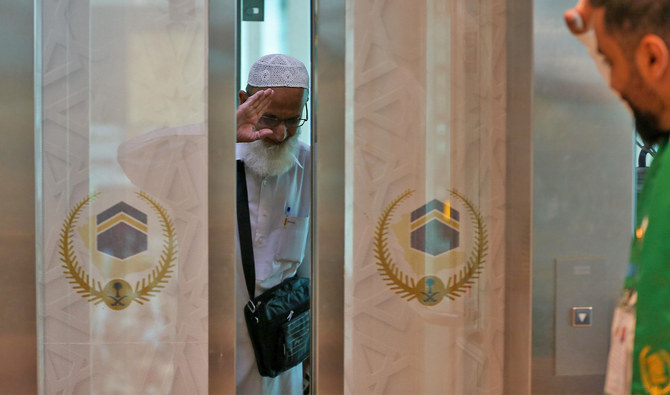ISLAMABAD: Pakistan has started directed Hajj flights from the southwestern city of Quetta, the Pakistani Civil Aviation Authority (PCAA) said on Sunday, in a first for the residents of the country’s Balochistan province.
Balochistan, a mountainous desert region bordering Afghanistan and Iran, is Pakistan’s largest but most under-developed province, where pilgrims previously had to travel to the country’s commercial hub of Karachi in the south for direct Hajj flights.
For the first time late Saturday, a Pakistan International Airlines (PIA) flight, PK-747, landed at the new runway of the Quetta airport during the nighttime, according to the PCAA.
“The same flight later directly departed for Madinah with 145 Hajj pilgrims,” a PCAA spokesperson said in a statement. “Prior to that, PK6133 and PK-6137 left for Madinah with 300 pilgrims.”
The direct flights could be made possible due to the recent upgradation of a 12,000-feet runway, according to the PCAA. The new runway has made it possible for wide-body aircraft like Boeing-777 to land at Quetta airport from now on.
Hajj is an obligatory religious ritual for adult Muslims who are physically and financially capable of carrying it out. It involves visiting the holy cities of Makkah and Madinah at least once in a lifetime and takes place during the last month of the lunar Islamic calendar called Dhu Al-Hijjah.
This year, Saudi Arabia reinstated Pakistan’s pre-pandemic Hajj quota of 179,210 pilgrims and scrapped the upper age limit of 65 in January. About 80,000 Pakistani pilgrims are expected to perform the pilgrimage under the government scheme this year, and the rest will be facilitated by private tour operators.
So far, 40,781 Pakistani pilgrims have reached Saudi Arabia through 158 Hajj flights, the Pakistani religious affairs ministry said on Sunday.
Pakistan began its pre-Hajj flight operation on May 21 that will continue until June 21, according to the authorities.
















